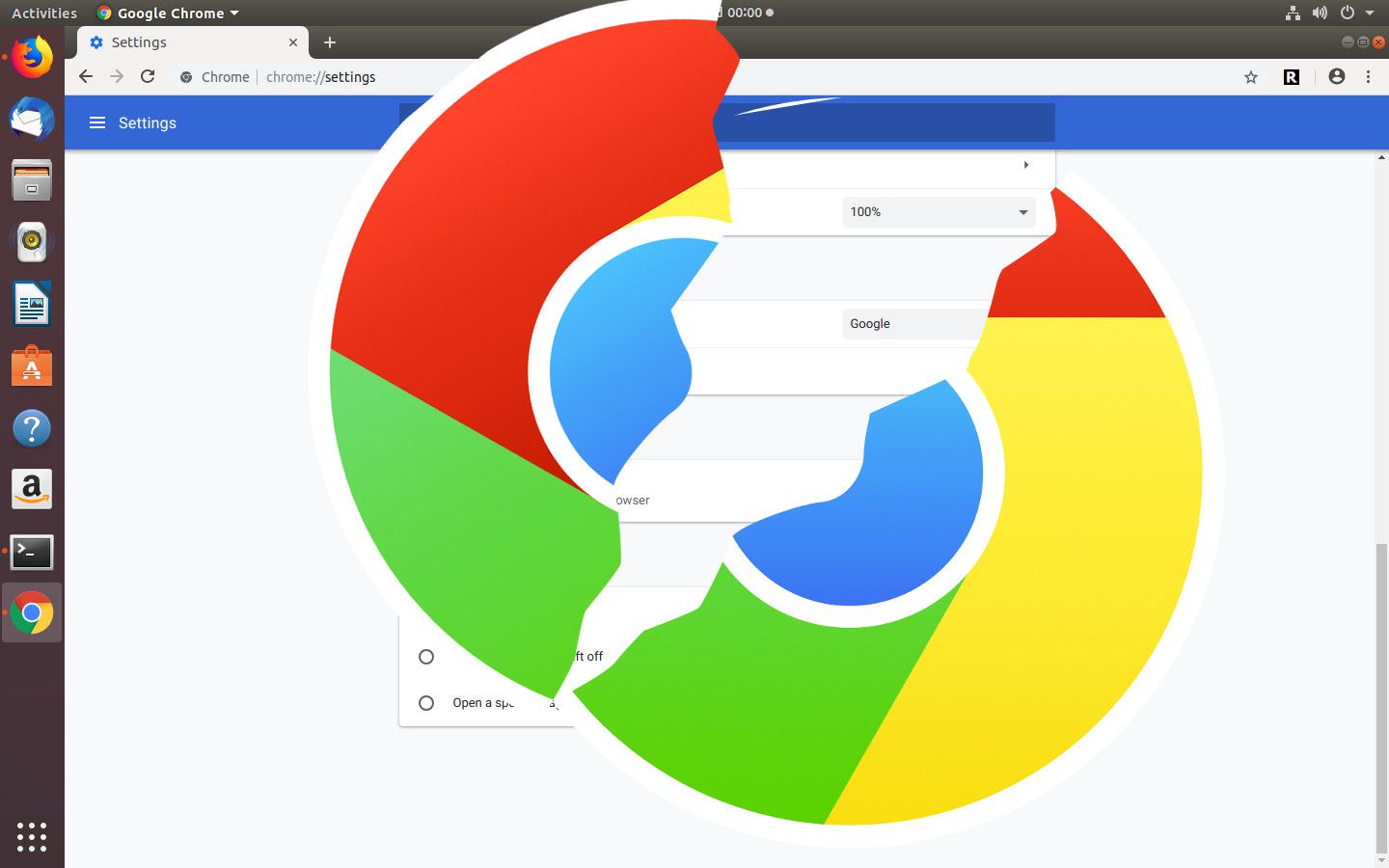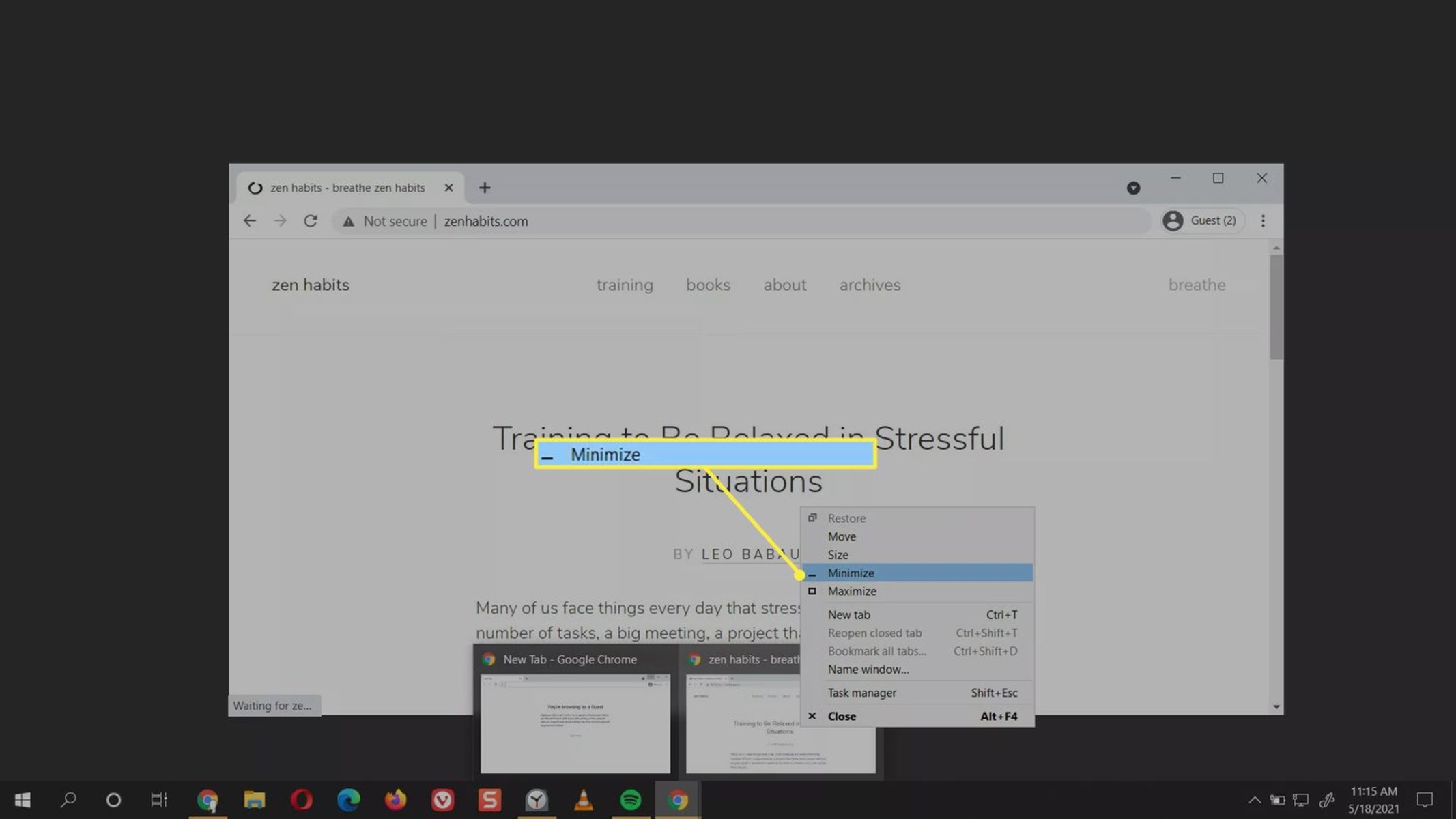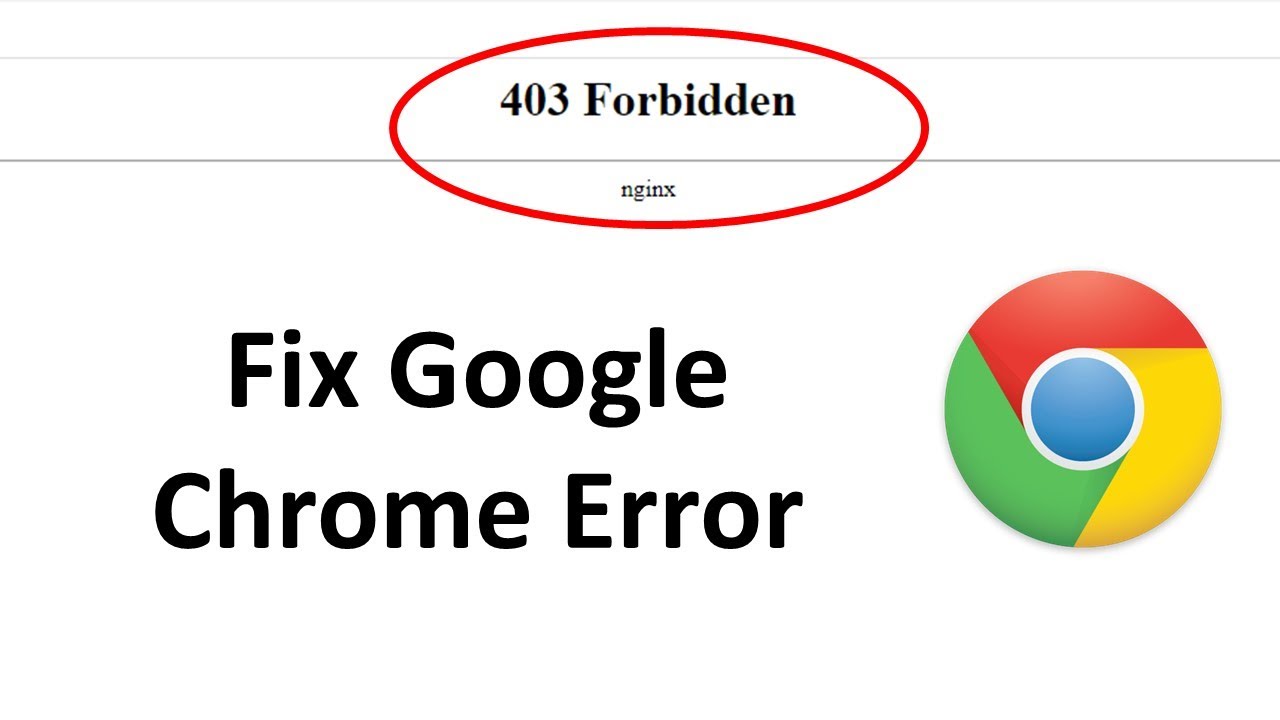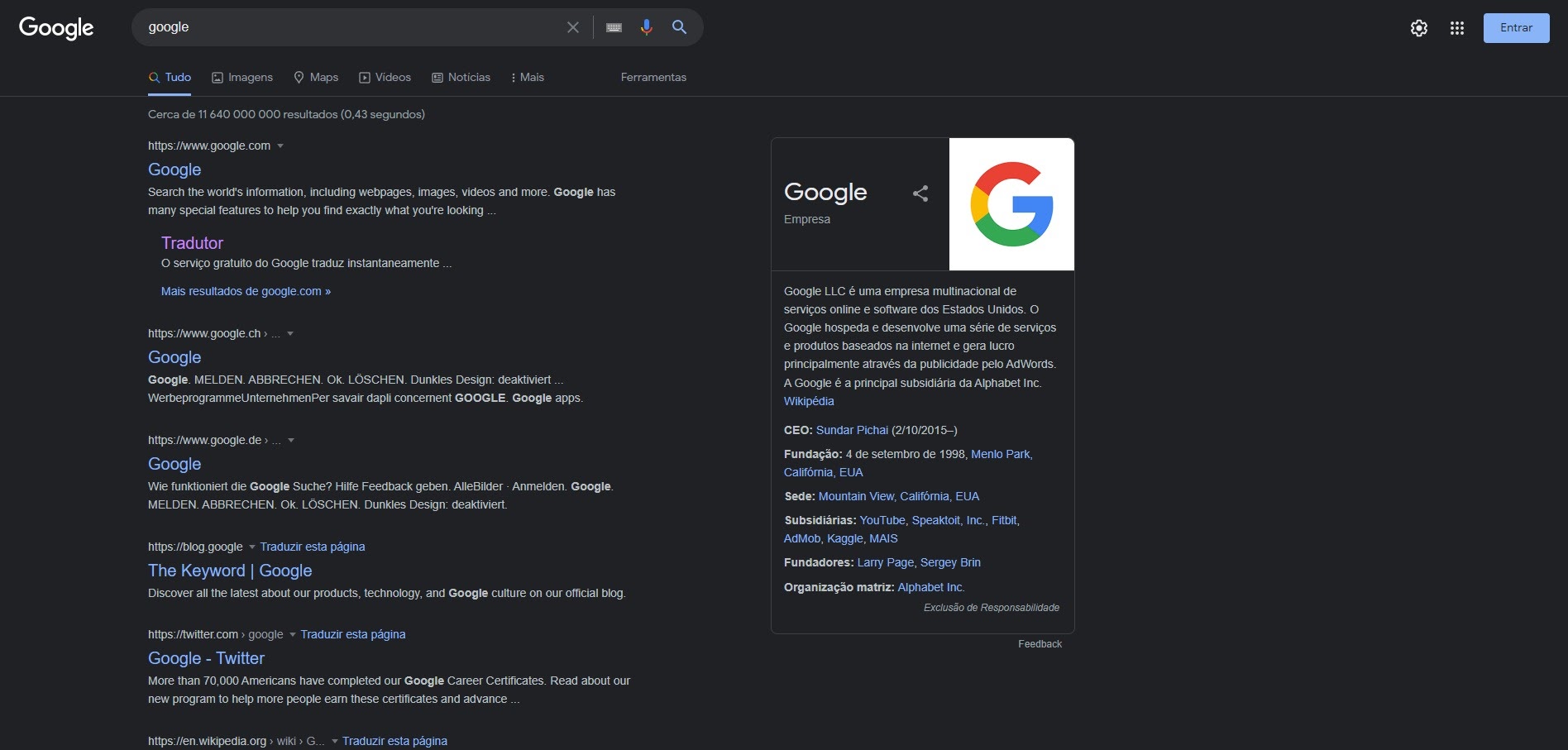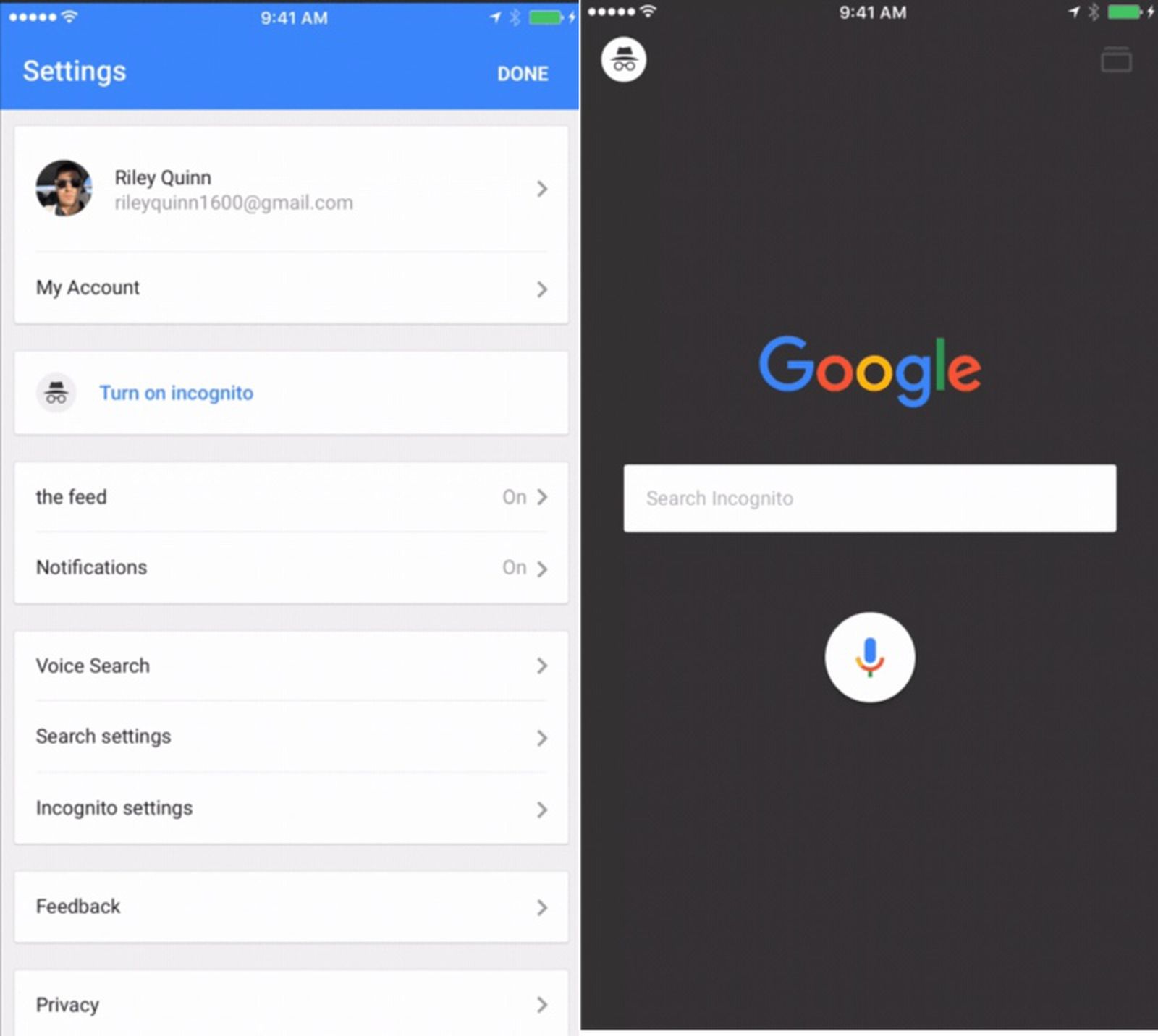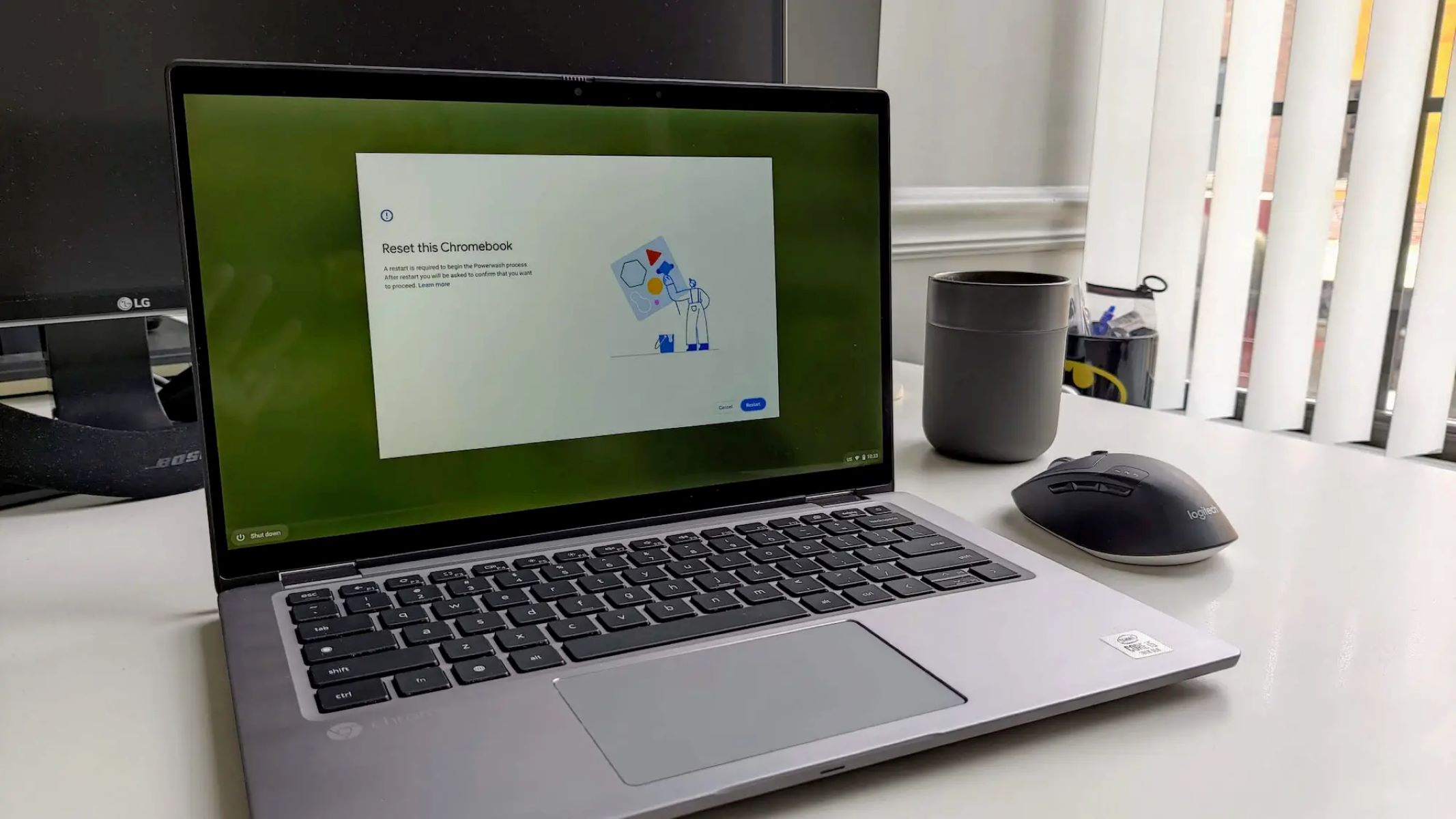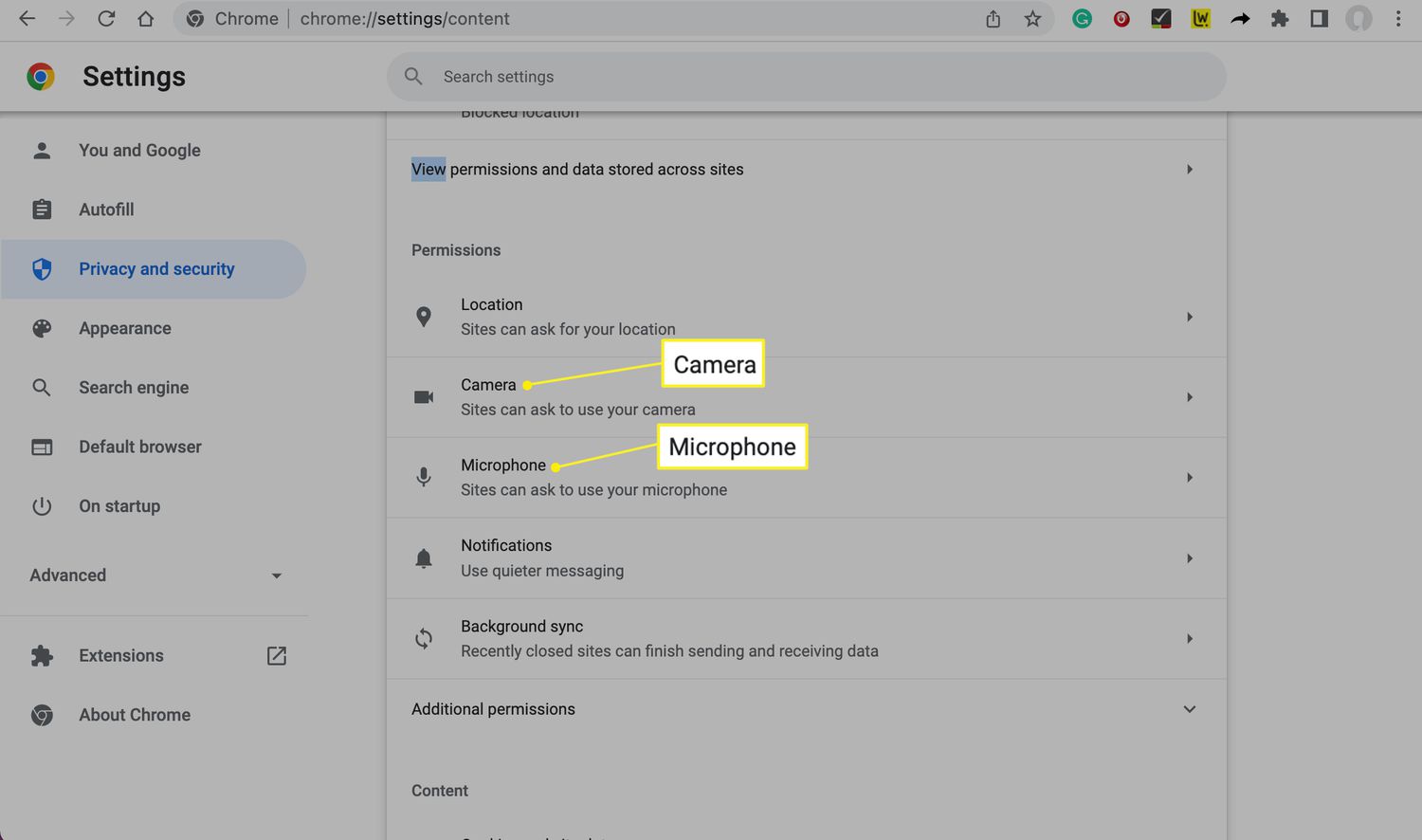Introduction
Google Chrome is a widely used web browser known for its speed, simplicity, and user-friendly interface. However, despite its popularity, many users encounter the frustrating issue of Google Chrome not responding. This problem can manifest in various ways, such as the browser freezing, becoming unresponsive, or displaying error messages. When faced with this issue, users may find themselves unable to navigate the web, access their favorite websites, or complete important tasks.
Understanding the underlying reasons for Google Chrome's unresponsiveness is crucial in resolving this issue effectively. Whether it's due to excessive memory usage, conflicting browser extensions, outdated software, or other factors, identifying the root cause is the first step toward finding a solution. In this article, we will explore the possible causes of Google Chrome not responding and provide actionable strategies to address this frustrating problem. By gaining insights into the factors contributing to this issue, users can equip themselves with the knowledge needed to troubleshoot and resolve Chrome's unresponsiveness, ultimately enhancing their browsing experience.
Possible Causes of Google Chrome Not Responding
Google Chrome not responding can be attributed to various factors, each of which can disrupt the browser's functionality and lead to user frustration. Understanding these potential causes is essential for effectively troubleshooting and resolving the issue. Below are some common reasons why Google Chrome may become unresponsive:
-
Excessive Memory Usage: Google Chrome is known for its efficient memory management, but it can still consume a significant amount of system resources, especially when multiple tabs and extensions are active. If the browser exceeds the available memory, it may become unresponsive, leading to sluggish performance or complete freezes.
-
Outdated Browser Version: Running an outdated version of Google Chrome can contribute to unresponsiveness. Newer versions often include bug fixes, security updates, and performance enhancements that address known issues. Failing to update the browser regularly can result in compatibility issues and decreased stability.
-
Conflicting Browser Extensions: While browser extensions can enhance the browsing experience, they can also conflict with one another or with the browser itself, causing Chrome to become unresponsive. Incompatible or outdated extensions may lead to crashes, freezes, or other performance issues.
-
Corrupted User Profile: A corrupted user profile within Google Chrome can lead to various issues, including unresponsiveness. This can occur due to file corruption, conflicts with third-party software, or other factors that compromise the integrity of the user profile data.
-
Malware or Adware: Infections from malware or adware can significantly impact the performance of Google Chrome, causing it to become unresponsive or exhibit erratic behavior. These malicious programs may interfere with the browser's processes, leading to instability and unresponsiveness.
-
Hardware Acceleration: While hardware acceleration is designed to improve performance by offloading certain tasks to the GPU, it can sometimes cause issues in specific system configurations. Enabling hardware acceleration in Chrome may lead to unresponsiveness on some devices.
-
Insufficient System Resources: Running Google Chrome on a system with limited resources, such as low RAM or an underpowered CPU, can result in the browser becoming unresponsive. In such cases, the browser may struggle to handle the demands of modern web content and applications.
By understanding these potential causes of Google Chrome not responding, users can take proactive steps to address the underlying issues and restore the browser's functionality. In the following section, we will explore effective strategies for resolving this frustrating problem and optimizing the performance of Google Chrome.
How to Fix Google Chrome Not Responding Issue
Resolving the issue of Google Chrome not responding requires a systematic approach that addresses the potential causes outlined earlier. By implementing the following strategies, users can effectively troubleshoot and resolve the unresponsiveness of Google Chrome, thereby improving their browsing experience.
1. Manage Browser Extensions
- Disable or Remove Extensions: Start by disabling or removing unnecessary or suspicious extensions. Navigate to the "Extensions" menu in Chrome, disable individual extensions, and assess the browser's performance after each change. This process can help identify problematic extensions causing the unresponsiveness.
2. Clear Browsing Data
- Clear Cache and Cookies: Accumulated cache and cookies can impact Chrome's performance. Clearing this data can help resolve unresponsiveness. Access the "Clear browsing data" option in Chrome's settings and select the appropriate time range to clear the cache and cookies.
3. Update Google Chrome
- Check for Updates: Ensure that Google Chrome is running the latest version. Navigate to the "About Chrome" section in the settings to check for and install any available updates. Updated versions often contain bug fixes and performance improvements that can address unresponsiveness.
4. Reset Chrome Settings
- Restore Default Settings: Resetting Chrome to its default settings can resolve issues stemming from corrupted settings or configurations. Access the "Advanced" section in Chrome's settings and select the option to reset the browser settings.
5. Disable Hardware Acceleration
- Turn Off Hardware Acceleration: Disabling hardware acceleration can mitigate unresponsiveness on certain systems. Access the "Advanced" settings in Chrome, locate the "System" section, and disable the hardware acceleration option.
6. Scan for Malware
- Run Antivirus and Anti-Malware Scans: Perform thorough scans using reputable antivirus and anti-malware software to detect and remove any malicious programs that may be impacting Chrome's performance.
7. Create a New User Profile
- Create a New Profile: If the issue persists, creating a new user profile in Chrome can help resolve unresponsiveness caused by a corrupted profile. Access the "People" section in Chrome's settings to create a new profile.
8. Monitor System Resources
- Check System Resource Usage: Monitor system resources, such as CPU and memory usage, while Chrome is running. Identify any resource-intensive processes that may be contributing to the browser's unresponsiveness.
By implementing these strategies, users can effectively address the issue of Google Chrome not responding and restore the browser's functionality. It's important to approach troubleshooting systematically, testing the browser's performance after each step to identify the most effective solution. Additionally, staying proactive with regular browser maintenance and security practices can help prevent future instances of unresponsiveness, ensuring a smoother and more reliable browsing experience.
Conclusion
In conclusion, the issue of Google Chrome not responding can be a frustrating obstacle for users seeking a seamless browsing experience. However, by understanding the potential causes and implementing effective solutions, users can overcome this challenge and restore the functionality of their favorite web browser.
It's essential for users to recognize the impact of factors such as excessive memory usage, outdated software, conflicting extensions, and system resource limitations on Chrome's responsiveness. By acknowledging these potential pain points, users can approach troubleshooting with a clearer understanding of the underlying issues.
The strategies outlined for managing browser extensions, clearing browsing data, updating Chrome, resetting settings, and addressing hardware acceleration and malware concerns provide a comprehensive framework for resolving unresponsiveness. Additionally, the option to create a new user profile and monitor system resources empowers users to take proactive measures in optimizing Chrome's performance.
Furthermore, maintaining a proactive approach to browser maintenance, including regular updates, security scans, and prudent resource management, can contribute to a more stable and responsive browsing experience over time.
By leveraging these strategies and maintaining a proactive stance toward browser health, users can navigate the web with confidence, knowing that they are equipped to address and prevent instances of Google Chrome not responding. Ultimately, by staying informed and proactive, users can optimize their browsing experience and minimize the impact of potential disruptions, ensuring that Google Chrome remains a reliable and efficient tool for accessing the wealth of content available on the internet.







